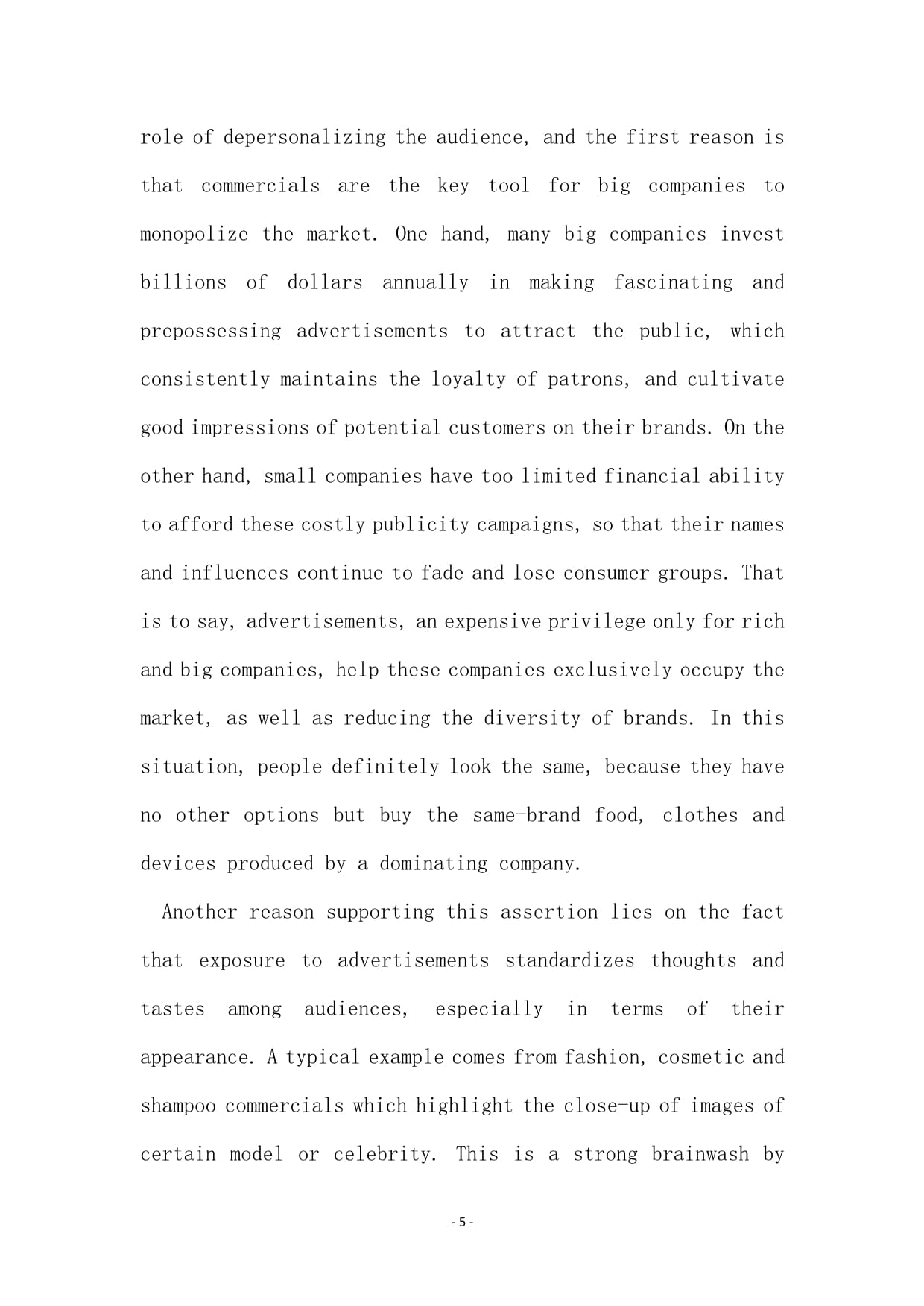品牌营销专业术语
Brand marketing refers to a series of activities and strategies aimed at promoting and enhancing the brand image and value of a product or service in the market. It involves various aspects such as brand positioning, brand communication, and brand relationship building. In today's highly competitive business environment, brand marketing plays a crucial role in attracting customers, building customer loyalty, and gaining a competitive advantage.

The first step in brand marketing is brand positioning. This involves determining the unique value proposition and positioning of the brand in the minds of consumers. A clear and distinct brand position helps the brand stand out from compes and attracts the target customers who have a need or desire for the brand's offerings. For example, Apple positions itself as a provider of high-quality, innovative, and user-friendly products, targeting consumers who value design and technology. Through effective brand positioning, the brand can create a strong and memorable brand image in the minds of consumers.
Brand communication is another important aspect of brand marketing. It involves delivering the brand message and values to the target customers through various communication channels such as advertising, public relations, sales promotion, and personal selling. The brand communication should be consistent and coherent across different channels to build a unified brand image. For example, Coca-Cola uses a combination of television ads, social media campaigns, and sponsorships to communicate its brand message of happiness and togetherness. The brand communication should also be relevant and engaging to capture the attention and interest of the target customers. In addition to traditional communication channels, digital marketing has become an increasingly important part of brand communication in recent years. With the rise of social media, mobile devices, and online advertising, brands can reach a wider audience and interact with customers in real-time. Digital marketing allows brands to customize their communication messages and target specific customer segments based on their interests and behaviors.
Brand relationship building is the ultimate goal of brand marketing. It involves establishing a long-term and mutually beneficial relationship with customers by providing them with excellent products or services and creating a positive brand experience. Customer satisfaction and loyalty are the key indicators of a successful brand relationship. Brands that can consistently meet or exceed customer expectations and provide exceptional customer service are more likely to build strong customer relationships and gain customer loyalty. For example, Zappos is known for its excellent customer service and has built a loyal customer base through its commitment to providing a hassle-free shopping experience. In addition to customer relationships, brand relationship building also includes relationships with other stakeholders such as employees, suppliers, and partners. A strong brand culture and a positive work environment can help attract and retain talented employees, while good relationships with suppliers and partners can enhance the brand's supply chain efficiency and competitiveness.
To achieve successful brand marketing, brands need to have a comprehensive understanding of their target customers and the market environment. They need to conduct market research to identify customer needs and preferences, yze compes, and develop marketing strategies that are tailored to the target market. In addition, brands need to invest in building a strong brand team with expertise in various fields such as marketing, design, and advertising. The brand team should work together to develop and implement brand marketing plans and ensure the consistency and effectiveness of brand communication.
In conclusion, brand marketing is a complex and multi-faceted process that involves brand positioning, brand communication, and brand relationship building. It is a crucial strategy for businesses to build customer loyalty, gain a competitive advantage, and achieve long-term success. By understanding the needs and preferences of customers, communicating the brand message effectively, and building strong brand relationships, brands can create a strong and valuable brand in the market and stand out from compes.






